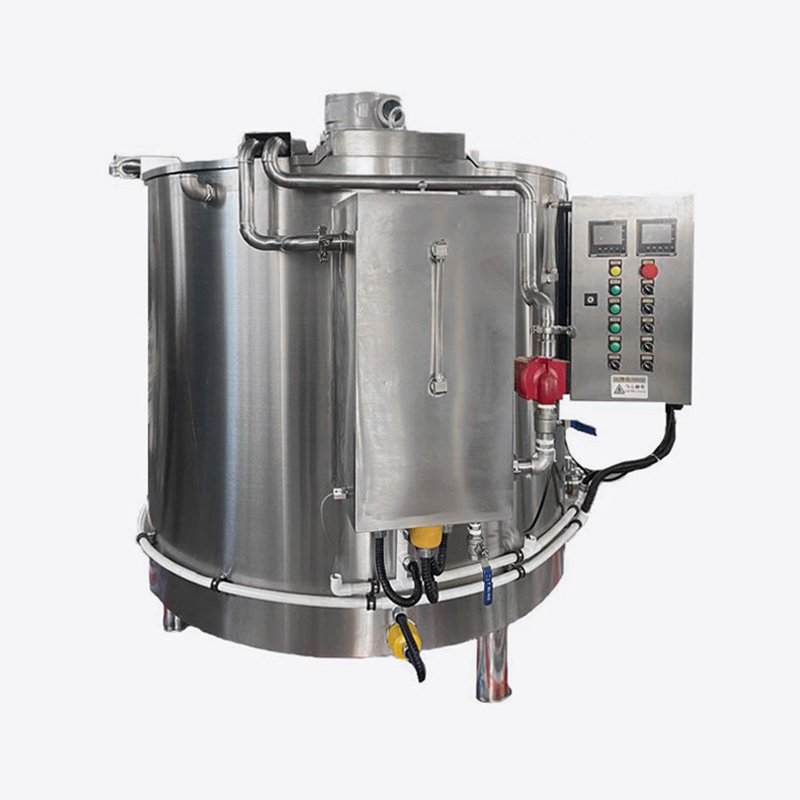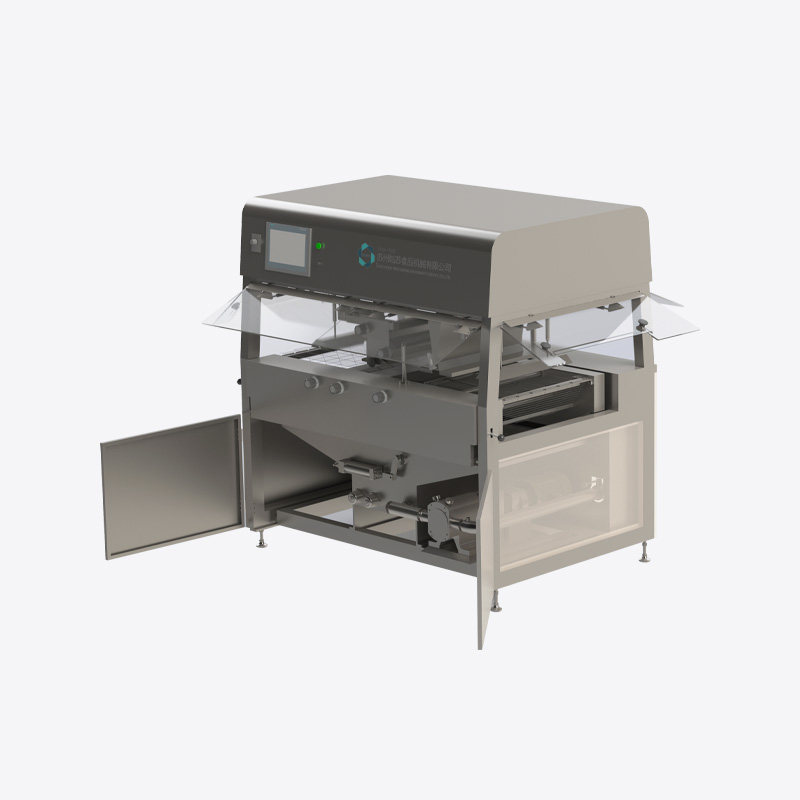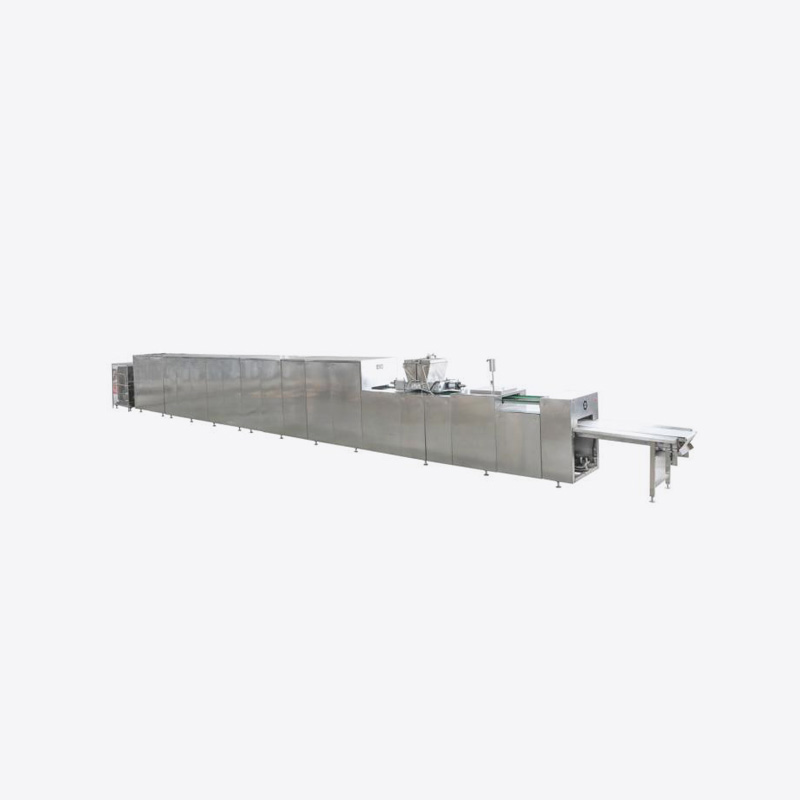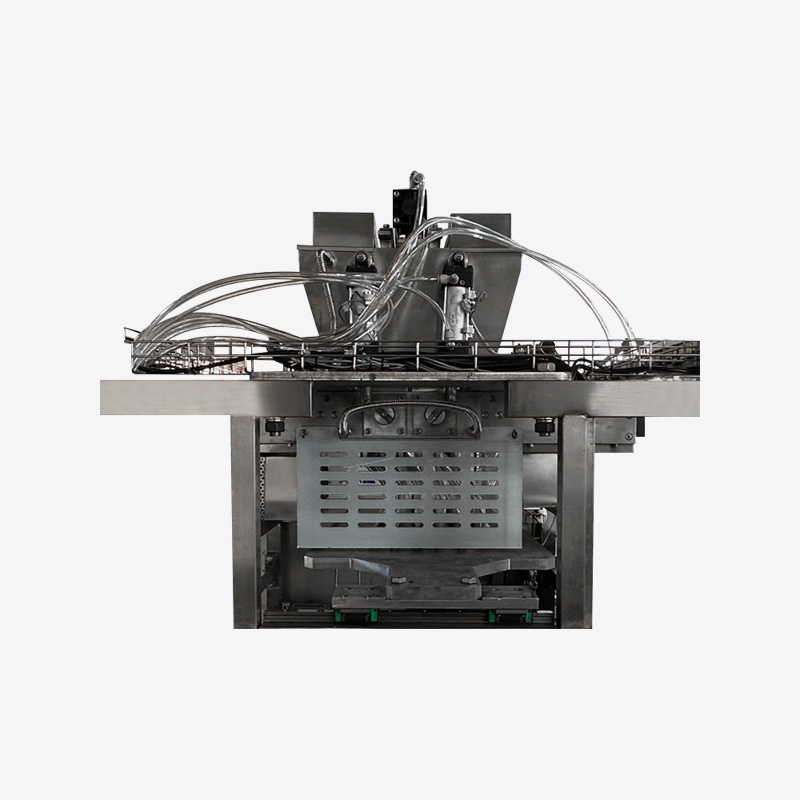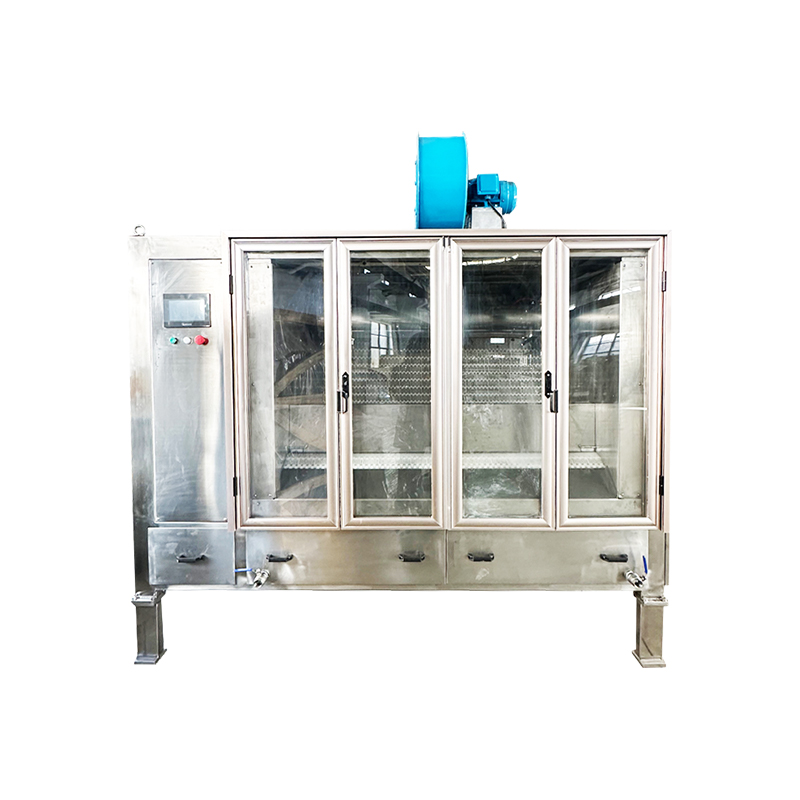The construction industry is experiencing a surge in demand for durable and eco-conscious building materials, with residential roof tiles playing a pivotal role in shaping modern architectural practices. As homeowners and builders prioritize energy efficiency, aesthetics, and environmental responsibility, advancements in roofing technology are redefining standards for residential projects globally.
Material Innovation and Durability
Recent developments in roofing materials focus on enhancing longevity and weather resistance. Modern residential roof tiles are increasingly crafted from composite blends, recycled polymers, and lightweight alloys, offering improved resistance to extreme weather conditions. These materials extend roof lifespans while reducing maintenance costs, appealing to homeowners seeking reliable, long-term solutions.
Energy Efficiency and Thermal Performance
Energy-efficient design has become a cornerstone of residential construction. Cool-roof tiles, engineered to reflect sunlight and reduce heat absorption, are gaining popularity in warmer climates. Such innovations help lower indoor cooling demands, contributing to energy savings and aligning with green building certifications. Additionally, solar-integrated tile designs are emerging, seamlessly incorporating photovoltaic technology without compromising aesthetic appeal.
Aesthetic Versatility and Customization
Architectural trends emphasize personalized home exteriors, driving demand for customizable roof tile designs. Manufacturers now offer a wide range of colors, textures, and profiles, from traditional terracotta to sleek, contemporary finishes. This flexibility allows homeowners to align roofing choices with regional styles or individual design preferences, enhancing curb appeal and property value.
Sustainability in Production and Recycling
The shift toward circular economy principles is influencing roofing material production. Recycled-content tiles and closed-loop manufacturing processes minimize waste and resource consumption. End-of-life recyclability is also a growing focus, with manufacturers developing systems to reclaim and repurpose tiles, reducing landfill contributions and supporting sustainable construction cycles.
Challenges in Adoption and Installation
Despite technological progress, barriers such as cost perceptions and installation complexity persist. Educating consumers on the long-term benefits of advanced roofing systems—including energy savings and reduced replacement frequency—is critical to broader adoption. Training programs for contractors on handling new materials and installation techniques are equally vital to ensure quality outcomes.
Future Directions in Roofing Technology
Smart roofing systems represent the next frontier in residential construction. Tiles embedded with sensors to monitor structural integrity, moisture levels, or energy output are under development. These innovations promise to enhance home automation integration while providing real-time data for preventative maintenance.
As the industry evolves, residential roof tiles will continue to balance tradition with innovation, meeting demands for beauty, performance, and ecological stewardship. For those exploring cutting-edge building solutions, chuanyabuilding.com offers insights into the latest advancements shaping sustainable residential design.



 English
English Español
Español

